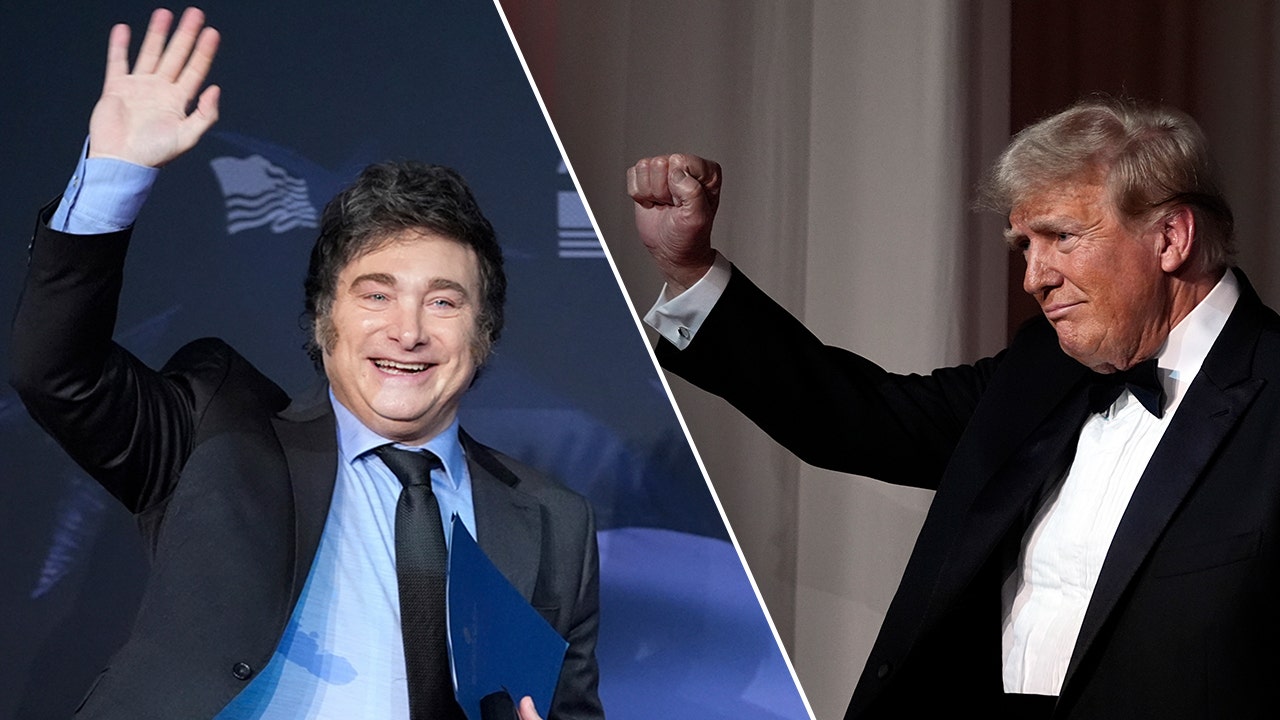Americans have all sorts of ways of learning about the Blitz from movies, chief among them John Boorman’s exuberant 1987 Hope and Glory, a memoir film about Boorman’s own boyhood experience during that period of roughly eight months, from 1940 to 1941, when London suffered persistent air attacks from the Luftwaffe. Steve McQueen’s beautifully observed Blitz, a fictional story with historical underpinnings, might be considered a companion piece to Boorman’s film. It too details the adventures—if you could call them that—of a young boy facing danger in a city under attack. But McQueen’s young hero, George (Elliott Heffernan), is Black, the 9-year-old son of a white single mother, Saoirse Ronan’s Rita, who tries to send him away to the countryside for safety, as so many London families did with their children. Blitz underscores the ways George’s experience would necessarily be different from that of his white compatriots, even as it makes the point that in a London under siege, not even being white will protect you. This is a movie about the way resilience can blossom from vulnerability. No child asks to be a victim of war; sometimes survival, with your soul intact, is the best possible outcome.
George is angry when his mother brings him to the train station; he runs off and boards alone, refusing to say goodbye to her. But as the train barrels away from the city, George can’t bear the thought of being separated from her and his grandfather, Gerald (Paul Weller). He leaps from the train and hitches a ride on one that’s headed back to the city. This decision is exhilarating at first. But as George gets closer to home, he meets not only people who are willing to help him, but also some who seek to harm him. In some ways, he’s an outlier in his own city, a child whose color absolutely still matters in a country steeped in colonialism.
Blitz may be McQueen’s most tender film, though it’s never precious. George is a scrapper, used to taking care of himself. But we also see, in flashbacks, how safe he feels in the care of his mother and Gerald. When he’s bullied by other kids, Rita redirects his attention—she doesn’t want him to feel inferior, to anyone, ever—and draws him to the family piano, where this small but mighty family of three gather to sing but also just to be. (Weller, best known as a member of the Jam and Style Council, is a wonderful actor—he should appear in more movies.) As Rita, Ronan gives a quietly radiant performance. We get a glimpse into her relationship with George’s Grenadian-immigrant father (CJ Beckford)—they find a home-away-from-home in the clamorous warmth of a jazz club—but we also see how a Black man involved with a white woman could suddenly find himself in danger. The two are wrenched apart; it’s easy to understand why Rita clings to her son, as if she fears that he too might be taken from her. Even so, their relationship is playful and affectionate—she’d do anything to protect him from finding out how hostile the world really is.
Still, there’s only so much she can control. George’s odyssey brings him into the orbit of a kind night watchman, Ife (Benjamin Clémentine), responsible for making sure London’s citizens have turned out their lights after dark. In Ife, George sees a man who can make him feel proud to be Black—in his child’s brain, his mother’s desire to make sure he never feels inferior to the other kids has instilled a confused kind of denial. There are also people—and not only white people—who take advantage of him. As George, Heffernan is almost matter-of-factly adult. He’s a small kid, yet he’s brimming with dignity even if he doesn’t quite know it. You feel protective of him, right up to the film’s final moment, a reunion that’s both sweet and shattering.
McQueen takes some artistic chances with Blitz, though not as many as you might think, given his background in fine and video art. Now and then during the movie, a sprinkle of what appear to be electrical sparks dissolves into a field of blurry daisies. What does it mean? It’s hard to know, exactly. These interludes seem to mark the shaky dividing line between terror and solace, as George tirelessly makes his way back to his mother. In a city dotted with rubble and flames, the journey home is perilous. But he also needs to find the home within himself, a quest that’s fraught for different reasons. Maybe that’s where the daisies come in. We don’t need to know what they mean. It’s enough to see them pushing toward life.


.jpg)







